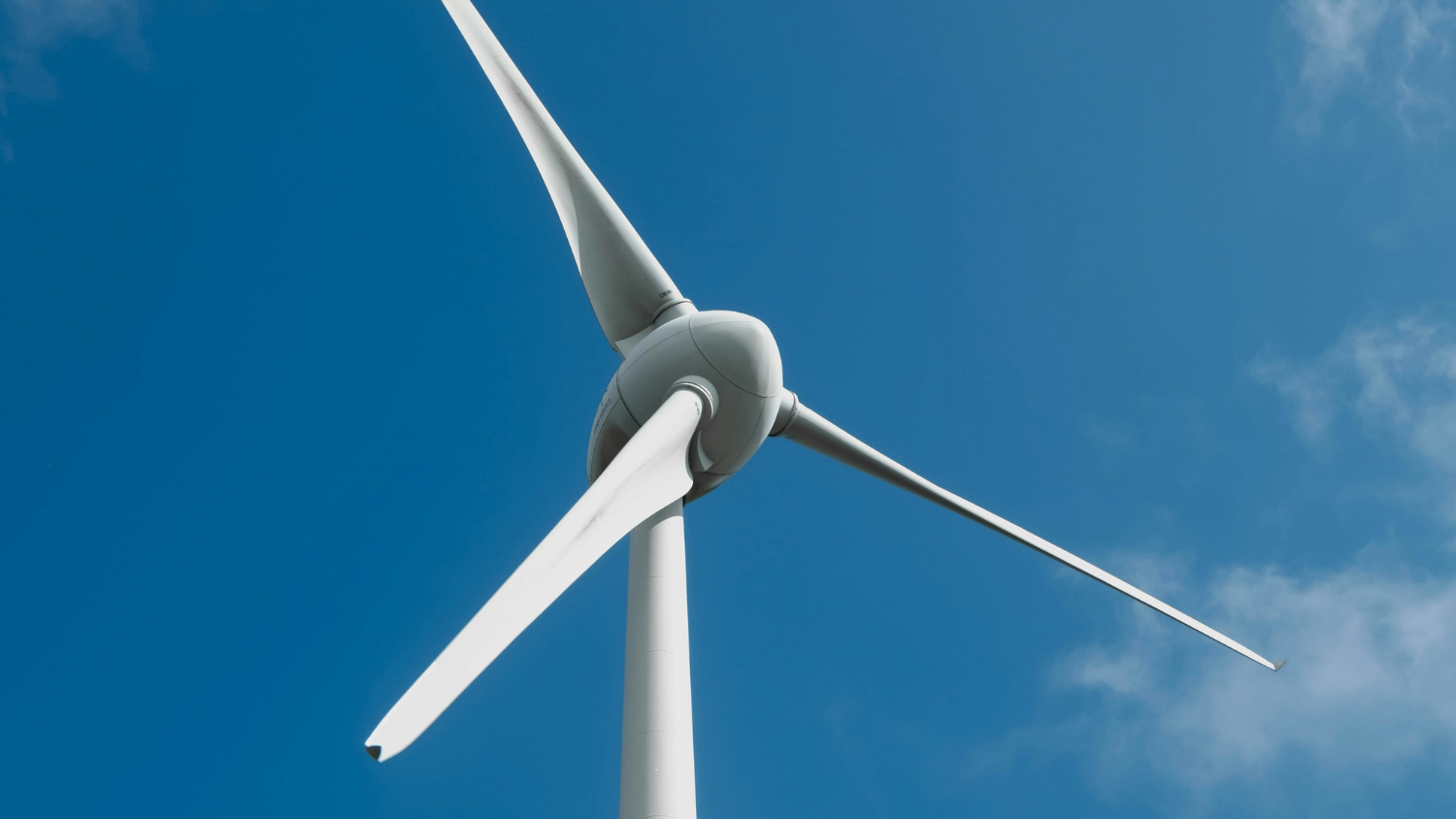Copper Crunch: Can Supply Meet Demand in the Race Toward a Green Future?

As the world pivots toward renewable energy and electrification, one critical material is emerging as a cornerstone for this transition - copper.
Widely used in electrical wiring, motors, renewable energy systems, and electric vehicles (EVs), copper’s role in enabling the green revolution is unquestionable. However, as demand soars, significant supply chain challenges loom that could jeopardise the pace of this transformation.
The decarbonisation of the global economy heavily depends on copper. Solar panels, wind turbines, and EVs all rely on this versatile metal. Copper’s excellent conductivity makes it ideal for use in energy generation and storage, while its durability and recyclability make it a preferred choice for sustainable infrastructure.
A single 660-kW turbine is estimated to contain some 800 pounds (350 kg) of copper.
Electric vehicles use about four times as much copper as internal combustion engine vehicles.It is used in batteries, windings and copper rotors used in electric motors, wiring, busbars and charging infrastructure. Solar farms and battery storage systems also require substantial amounts of copper. Solar power systems can contain approximately 5.5 tons of copper per MW. Copper is in the heat exchangers of solar thermal units as well as in the wiring and cabling that transmits the electricity in photovoltaic solar cells.
A growing coalition of countries, cities, businesses and other institutions are pledging to get to net-zero emissions. More than 140 countries, including the biggest polluters – China, the United States, India and the European Union – have set a net-zero target, covering about 88% of global emissions. More than 9,000 companies, over 1000 cities, more than 1000 educational institutions, and over 600 financial institutions have joined the Race to Zero, pledging to take rigorous, immediate action to halve global emissions by 2030.
As these countries and organisations within them aim for net-zero emissions by 2050, copper demand is forecast to rise steeply. The International Energy Agency (IEA) estimates that by 2040, the demand for copper could increase by 40% over current levels, driven primarily by the clean energy sector.
Copper Supply: A Growing Concern
Despite its abundance in the Earth’s crust, copper mining faces significant bottlenecks. Currently, over 20 million tonnes of copper are mined each year, but producing more copper to meet future demands isn’t as straightforward as expanding mining operations. There are several factors complicating the supply situation:
Depleting Ore Grades: As high-grade copper ores become exhausted, miners are forced to process lower-grade ores, which require more energy and water, and have higher environmental costs.
Geopolitical Risks: Many of the world’s largest copper mines are located in politically unstable regions. Countries such as Chile and Peru, which together account for over 40% of global copper production, are experiencing social unrest and changes in mining regulations that could impact production.
Slow Project Development: Developing new copper mines takes decades, with complex regulatory approvals, environmental challenges, and community opposition adding to delays. There’s a widening gap between demand projections and the timeline for new projects to come online.
Environmental and Social Concerns: Copper mining is energy-intensive and often associated with water scarcity, land degradation, and habitat destruction. Pressure is mounting on mining companies to adopt more sustainable practices, but these can further increase costs and slow down production.
Potential Disruptions to the Green Revolution
Supply chain bottlenecks in copper could severely delay the roll-out of green technologies.
Already, we are seeing a tightening of the copper market, with prices rising steadily over the last few years. If supply continues to lag behind demand, the cost of renewable energy systems and electric vehicles could skyrocket, making the green transition more expensive and inaccessible for many countries.
This situation is particularly concerning for the electric vehicle market. The high demand for EVs is one of the primary drivers of copper consumption, and shortages could limit production capacity, slow down adoption rates, and delay emission reduction goals.
Moreover, if copper prices rise too steeply, it could incentivise the search for alternative materials, potentially shifting focus away from copper-intensive green technologies like wind and solar in favour of other, perhaps less sustainable, options.
Mitigating the Risks
Addressing these supply challenges will require a multi-pronged approach. Recycling could play a crucial role in easing the pressure on copper supply. Currently, around 30% of global copper demand is met through recycling, but this figure could increase with better infrastructure and policies that promote the circular economy.
Technological advancements in mining could also improve the efficiency of copper extraction and reduce the environmental footprint of production. Innovations such as in-situ leaching, a technique that extracts copper without open-pit mining, and the development of bio-mining technologies hold promise in making copper extraction more sustainable.
Finally, diversifying the sources of copper could reduce the risks associated with overreliance on a handful of mining regions. Exploration in underdeveloped areas, along with improvements in secondary mining, could help stabilise supply.
It's evident that Copper is indispensable to the green revolution, but its supply is far from guaranteed. As we ramp up efforts to tackle climate change and transition to renewable energy, it is critical to address the looming copper supply crunch.
Through innovation, recycling, and a focus on sustainable mining practices, the challenges can be mitigated. However, without swift action, copper shortages could become a significant barrier to achieving the ambitious environmental goals that are key to a sustainable future.
